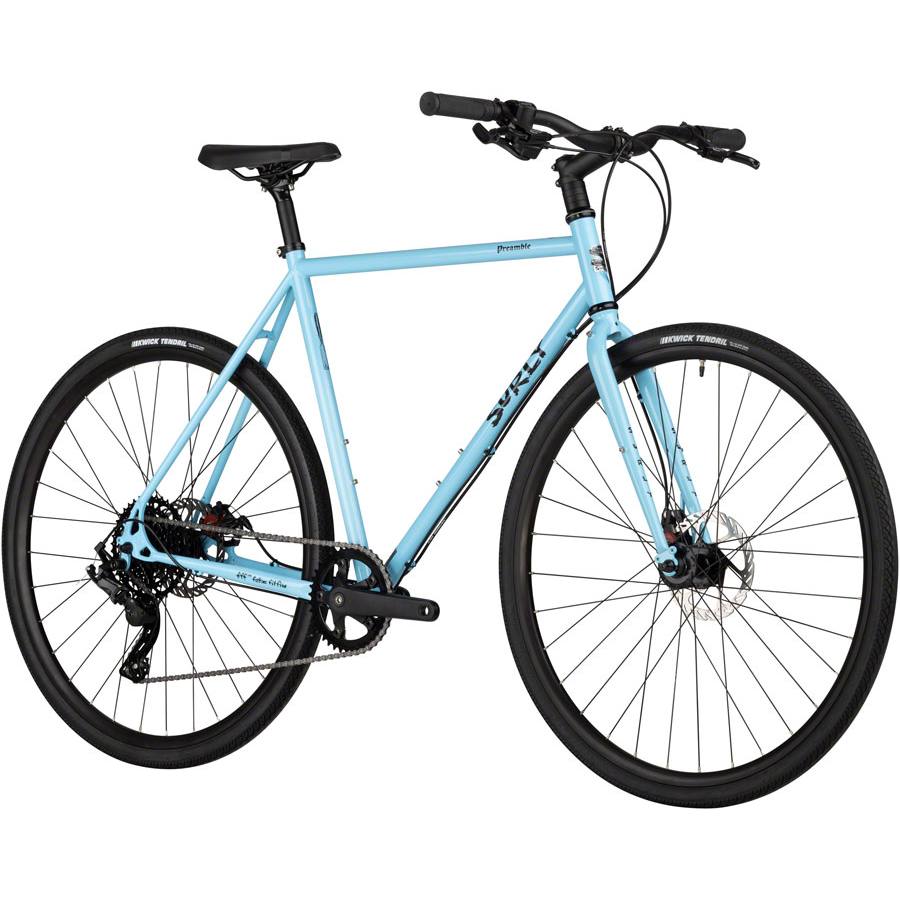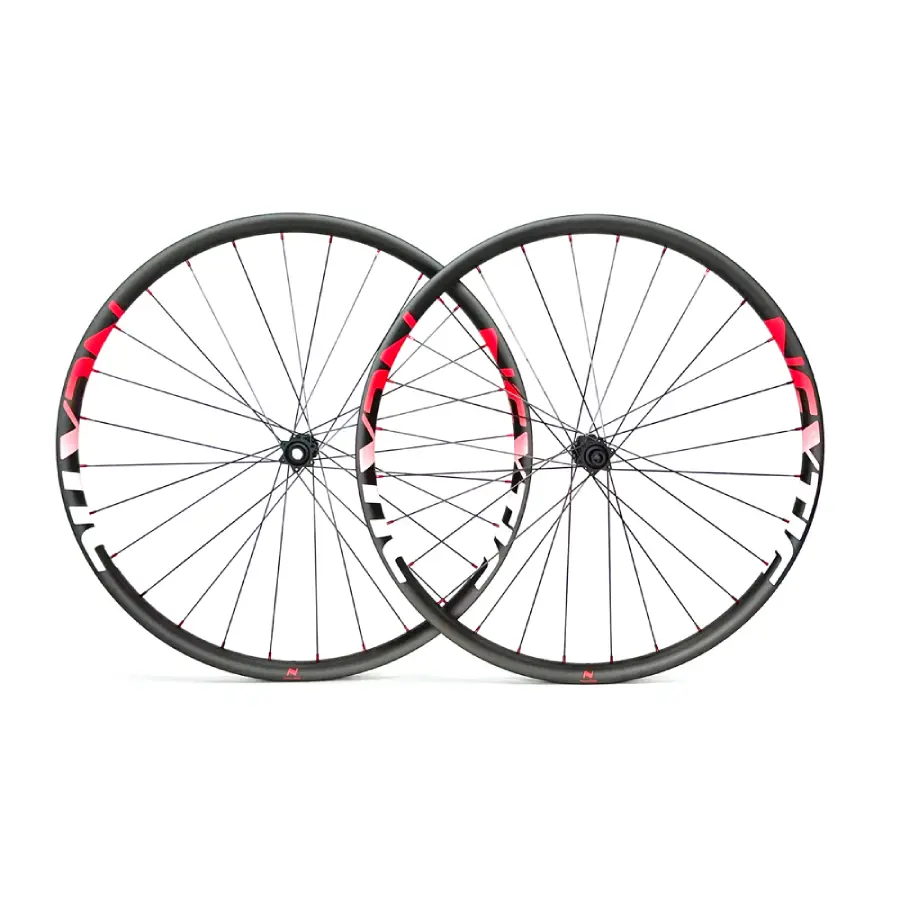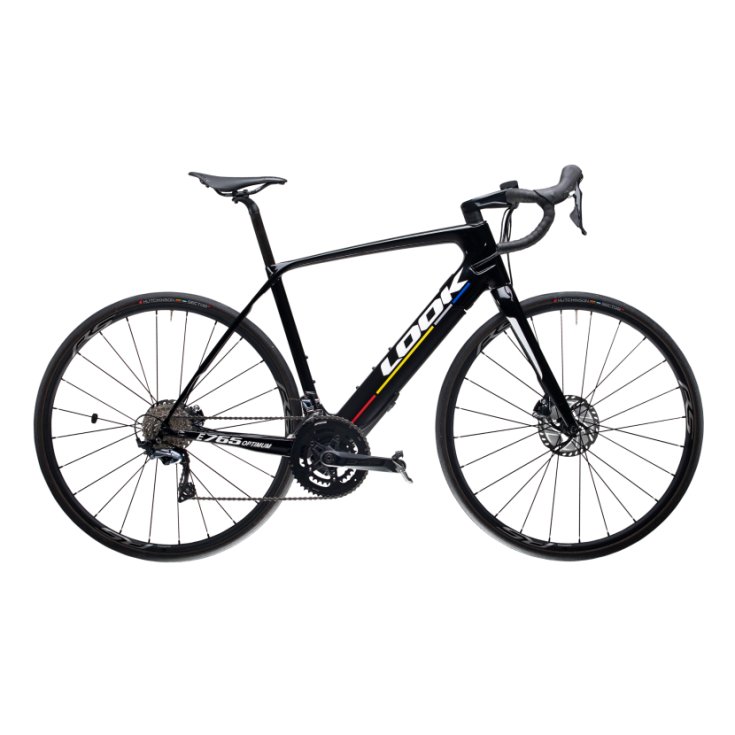I. Introduction

Quality bicycle products play a crucial role in enhancing the overall cycling experience. Whether you’re a professional cyclist or a recreational rider, investing in high-quality bicycle products can significantly improve your performance, comfort, and safety on the road. This article explores the importance of quality bicycle products and the benefits they offer.
II. Benefits of Quality Bicycle Products
a. Improved Performance
High-quality materials and construction: Quality bicycle products are made from top-quality materials such as carbon fiber, aluminum, and titanium. These materials offer superior strength and stiffness, resulting in improved power transfer and efficiency.
Increased efficiency and speed: Components like lightweight frames, aerodynamic wheels, and efficient drivetrains contribute to increased speed and efficiency, allowing you to ride faster and conquer challenging terrains with ease.
Enhanced handling and control: Quality bicycle products are designed with advanced features such as responsive steering, stable geometry, and precise braking systems. This ensures better control and handling, giving you confidence and stability during rides.
b. Enhanced Comfort and Safety
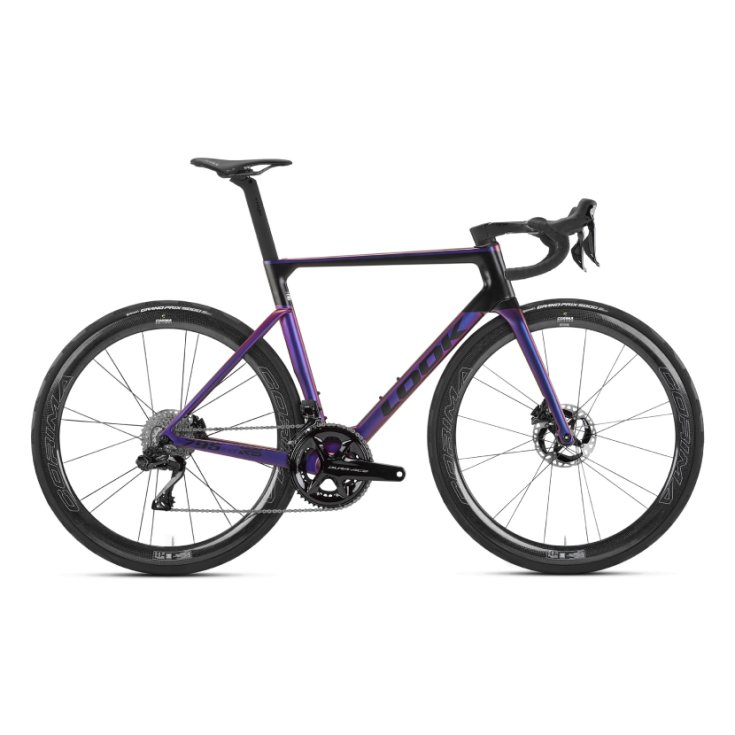
Ergonomic design for optimal comfort: Quality bicycle products are designed with ergonomic considerations to prioritize rider comfort. Features like adjustable saddle position, handlebar shape, and suspension systems help reduce fatigue, minimize discomfort, and prevent injuries during long rides.
Advanced safety features: High-quality bicycle products often come with enhanced safety features such as disc brakes, highly visible reflectors, and integrated lights. These features improve your visibility on the road and provide reliable stopping power, ensuring a safer riding experience.
Reduced risk of injuries: Quality bicycle products are built to withstand the demands of rigorous cycling. They offer better shock absorption capabilities, reducing the risk of injuries from road vibrations or sudden impacts. Additionally, these products are designed to minimize the risk of component failures, preventing accidents and injuries.
c. Durability and Longevity
Strong and durable components: Quality bicycle products are crafted with durable materials and precision manufacturing techniques. This ensures that they can withstand the demands of daily use and harsh conditions, providing long-lasting performance and reliability.
Resistance to wear and tear: The superior quality and construction of these products make them more resistant to wear and tear. Components like drivetrains, tires, and bearings are built to withstand frequent use and provide consistent performance over an extended period.
Cost-effectiveness in the long run: While quality bicycle products might have a higher upfront cost, they offer excellent value for money in the long run. Their durability and reliability minimize the need for frequent repairs and replacements, resulting in cost savings over time.
III. Exploring Different Types of Quality Bicycle Products
a. Frames and Forks
Frames and forks are the backbone of a bicycle, providing strength, stability, and support. When it comes to choosing quality bicycle frames and forks, several factors come into play:
Materials: The three main materials used for frames and forks are aluminum, carbon fiber, and steel. Aluminum frames are lightweight, stiff, and durable, making them a popular choice for road and mountain bikes. Carbon fiber frames offer even greater stiffness, vibration absorption, and weight reduction, ideal for high-performance road bicycles. Steel frames provide a comfortable and smooth ride, known for their durability and strength, making them suitable for touring and commuting bicycles.
Considerations for different riding styles: Different riding styles, such as road cycling, mountain biking, and gravel riding, have varying requirements when it comes to frames and forks. Road bikes typically have lightweight frames for efficient speed and aerodynamics. Mountain bikes, on the other hand, require durable frames with suspension forks to handle rough terrains. Gravel bikes need frames that offer a blend of stability, versatility, and comfort. Therefore, it is essential to consider your riding style and requirements when choosing frames and forks.
b. Drivetrain Components
Drivetrain components are responsible for propelling the bicycle and shifting gears smoothly. Some of the key drivetrain components to consider include:
Shifters and derailleurs: Shifters and derailleurs control the movement of the chain, allowing you to shift gears seamlessly. Quality shifters provide precise and effortless shifting, reducing the chances of missed shifts or misalignment. Derailleurs ensure accurate and smooth gear changes, resulting in a consistent and reliable performance.
Cranksets and chainrings: Cranksets determine the gearing range of your bicycle, consisting of the crank arms and chainrings. High-quality cranksets offer optimal power transfer, stiffness, and lightweight design. Selecting the appropriate chainrings ensures efficient pedaling and the desired gear ratios for your riding needs.
Cassette and chain selection: The cassette is the set of gears on the rear wheel, while the chain connects the cassette to the chainrings. Quality cassettes and chains provide smooth and efficient shifting, with durable construction to withstand high loads and minimize wear. Choosing the appropriate range of gears on the cassette and matching it with a compatible chain ensures optimal performance and reliability.
c. Wheels and Tires
Wheels and tires play a crucial role in the overall performance and ride quality of a bicycle. When considering quality wheels and tires, keep the following factors in mind:
Lightweight and aerodynamic designs: Lightweight wheels reduce rotating mass, improving acceleration and climbing abilities. Aerodynamic designs minimize drag, allowing for faster speeds with less effort. Carbon fiber rims are popular for their lightweight and aerodynamic properties, while aluminum rims offer durability and affordability.
Tubeless and clincher tire options: Tubeless tires provide puncture resistance and allow for lower tire pressures, resulting in increased traction and a smoother ride. Clincher tires, which use an inner tube, are more common and easy to maintain. Both options offer various tread patterns and widths, depending on the terrain and riding style.
Factors to consider when choosing wheelsets: It’s important to consider factors such as rim width, spoke count, hub quality, and compatibility with the bicycle’s frame and brakes. Rim width affects the tire’s stability and performance, while a higher spoke count provides added strength. Quality hubs ensure smooth rolling and efficient power transfer.
d. Braking Systems
Braking systems are crucial for safety and control, and choosing quality brakes is essential. Consider the following factors:
Disc brakes vs. rim brakes: Disc brakes provide reliable stopping power in all conditions, including wet or muddy surfaces. They offer better modulation and heat dissipation than rim brakes. Rim brakes, on the other hand, are lightweight and easier to maintain. Choosing between the two depends on your riding style and preferences.
Hydraulic vs. mechanical systems: Hydraulic brakes offer more consistent and powerful braking, with better modulation and less effort required at the lever. Mechanical brakes use cables to transmit force, offering simplicity and ease of adjustment. Hydraulic systems generally provide better performance, but mechanical systems are more easily maintained.
Importance of quality brake pads: Quality brake pads ensure reliable and consistent braking performance. They provide good stopping power, longer pad life, and better modulation. Choosing the appropriate brake pads for your braking system and riding conditions is crucial for optimal safety and performance.
e. Accessories and Gear
Accessories and gear enhance your riding experience and ensure safety and convenience. Consider the following essentials:
Helmets and protective gear: A high-quality, properly fitting helmet is crucial for rider safety. Additionally, protective gear like knee and elbow pads, gloves, and eyewear provide added protection during rides.
Lights and reflectors: Lights and reflectors improve visibility, making you more noticeable to other road users, especially during low-light conditions or nighttime riding. Quality lights and reflectors ensure brighter illumination and longer battery life.
Bike locks and racks: Quality locks help protect your bicycle against theft, offering peace of mind when leaving it unattended. Bike racks allow for convenient transportation and storage, ensuring the safety and protection of your bike when not in use.
IV. Choosing the Right Quality Bicycle Products
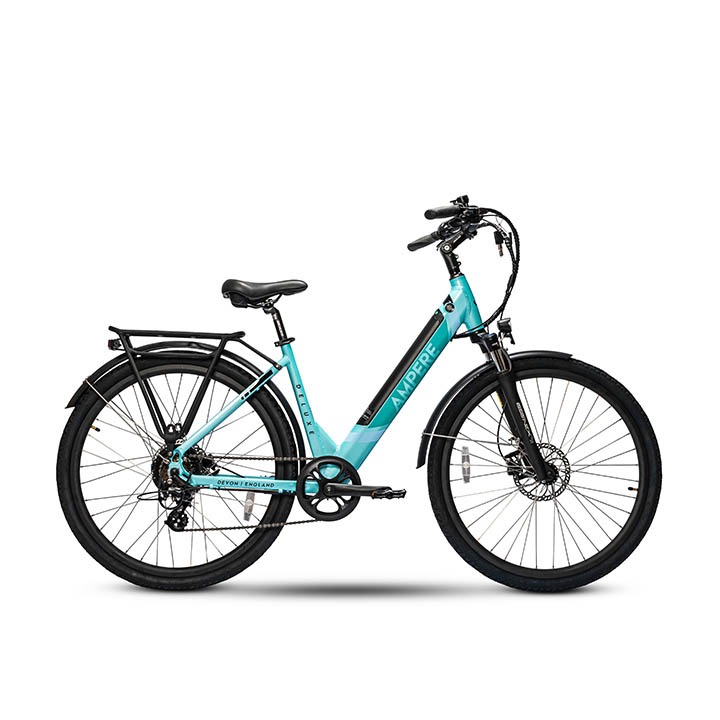
a. Understanding Your Needs
When choosing quality bicycle products, it’s important to have a clear understanding of your needs and preferences. Consider the following factors:
Cycling goals and preferences: Determine your primary cycling goals, whether it be racing, long-distance touring, commuting, or recreational riding. Your goals will influence the specific features and components you require in your bicycle products.
Riding style and terrain: Consider the type of terrain you most often ride on, such as road, mountain, gravel, or a combination. Different riding styles and terrains have specific requirements when it comes to frames, drivetrains, brakes, and other components.
b. Researching and Comparing Brands
Researching different brands and comparing their offerings is essential to ensure you choose the right quality bicycle products. Consider the following aspects:
Reputation and customer reviews: Look for brands with a solid reputation for producing high-quality products. Read reviews and testimonials from other cyclists to gauge their experiences and satisfaction with the brand’s products.
Performance and reliability track record: Research the performance and reliability track record of different brands. Look for brands that consistently deliver products known for their durability, performance, and longevity.
c. Seeking Expert Advice
Seeking expert advice can provide valuable insights and guidance in selecting quality bicycle products. Take advantage of the following resources:
Visiting local bike shops: Local bike shops have expert staff who can offer personalized recommendations based on your needs and preferences. They can guide you through the selection process, showcase different brands, and provide hands-on assistance.
Consulting experienced cyclists: Reach out to experienced cyclists or join cycling communities to benefit from their knowledge and expertise. They can share their experiences with various brands and products, offer unbiased opinions, and provide recommendations based on your specific needs.
V. Maintenance and Care for Quality Bicycle Products
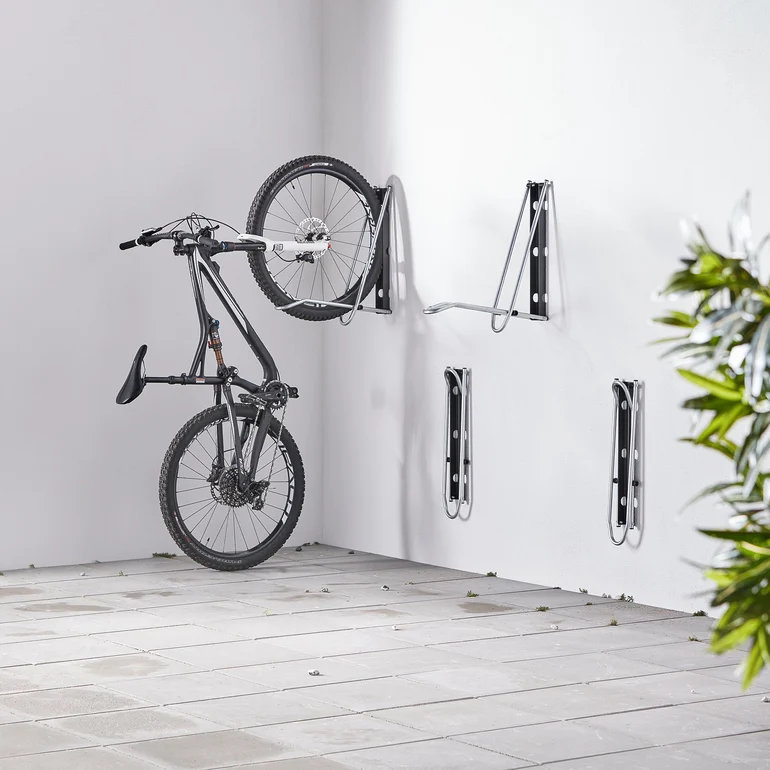
a. Regular Cleaning and Lubrication
Proper maintenance is vital for preserving the performance and longevity of your quality bicycle products. Follow these maintenance practices:
Importance of proper maintenance: Regular cleaning and lubrication keep your bicycle running smoothly, prevent premature wear and performance issues, and prolong the life of components. It also allows you to inspect your bike for any damage or signs of wear.
Recommended cleaning products: Use mild soapy water or specific bike cleaning solutions to clean your bicycle. Avoid abrasive cleaners that can damage the finish or components. Use soft brushes or sponges to remove dirt and grime.
Lubrication techniques: Apply lubricants to the chain, derailleurs, and other moving parts as recommended by the manufacturer. Ensure proper distribution of the lubricant and wipe off any excess. Use specific lubricants for different conditions, such as wet or dry conditions.
b. Periodic Inspections and Adjustments
Regular inspections and adjustments help identify potential issues and maintain optimal performance. Follow these practices:
Checking for wear and tear: Inspect your bicycle regularly for signs of wear and tear, such as worn brake pads, chain stretch, or loose bolts. Address any issues immediately to prevent further damage or performance degradation.
Adjusting components for optimal performance: Learn how to adjust different components, including brakes, derailleurs, saddle, and handlebar position, to ensure optimal performance and comfort. Refer to manufacturer guidelines or seek professional assistance if you’re unsure of the correct adjustments.
When to seek professional assistance: Some maintenance tasks, such as wheel truing or bottom bracket servicing, may require professional assistance. If you’re not confident in performing certain tasks or lack the necessary tools, it’s best to take your bicycle to a qualified bike mechanic for service and repairs.
